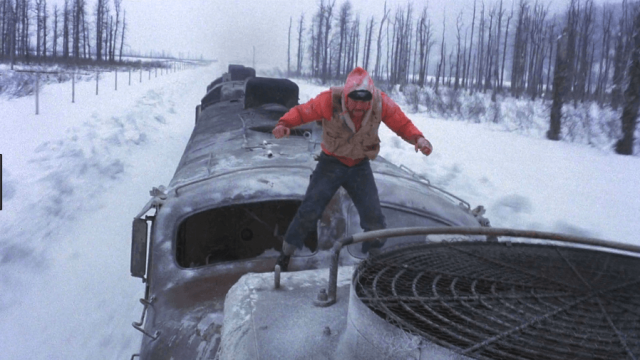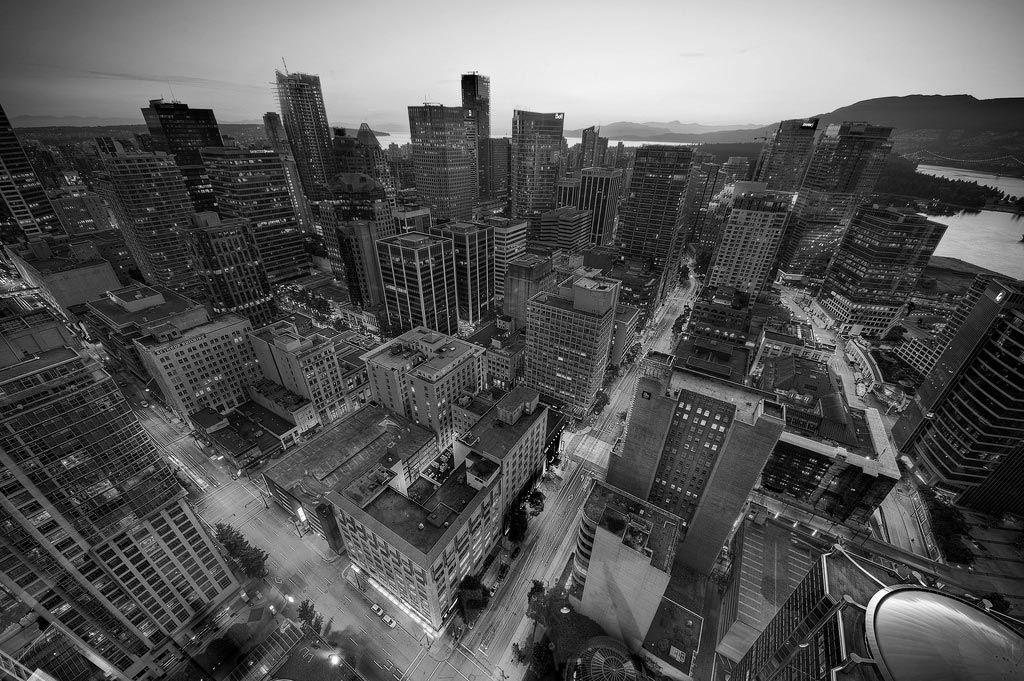Runaway Train is not a terrible film, but its critical success ultimately stands as a testament to … 1985 being a pretty weak year for movies. Watching it is an exercise in checking your phone: “Wait, they were both nominated for an Oscar? For this? Wait, what else came out that year?”
There’s a reasonably good premise here–courtesy of Kurosawa, if you want to enjoy a wistful what-might-have-been–involving two escaped prisoners, a scared railway employee, and a runaway train careening dangerously through a harsh Alaskan landscape. If you strip it down to essentials, it could belong in the Solute pantheon of great train movies; it’s obviously aiming for grit and stark drama. But it isn’t stripped down to essentials. Instead, it’s loaded down with overacting, sloppy melodrama, and an unnecessary, snarly villain in a helicopter. It’s a Cannon Group film that makes the mistake of being absolutely, recognizably a Cannon film but not fully committing to that; it needs to be either more or less ridiculous.
Probably the best part of it is Eric Roberts as Buck, a young prisoner who starts out as bouncily annoying and gradually becomes a sunnier riff on Walton Goggins’s Shane Vendrell. Initially, you don’t understand why Jon Voight’s Manny, a hardened bank robber who spent years welded into his cell–a detail that raises more than its fair share of logistical questions–would even grudgingly put up with him. Later, Voight gets so over-the-top weird and hammy that you switch to wondering why Buck doesn’t push him off the train instead. This is almost Anaconda-level Voight camp, only with the exasperating pretense that it’s Serious, Shakespearean Voight instead.
It’s all a hodgepodge of parts that, thanks to a serious stylistic mismatch, don’t quite go together. (You can’t have that murder-suicide followed by that Shakespeare quote in your movie about a runaway train. I’m sorry.) But it’s an interesting landmark of middle-of-the-road filmmaking smack in the middle of the ’80s.
Runaway Train is streaming on HBO Max.


